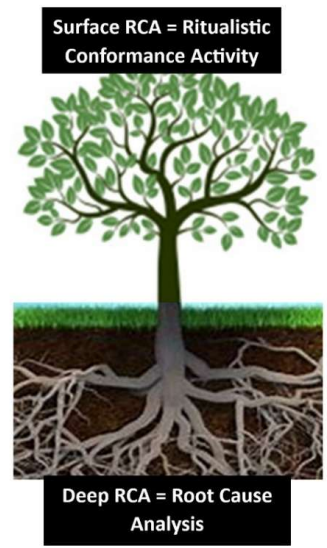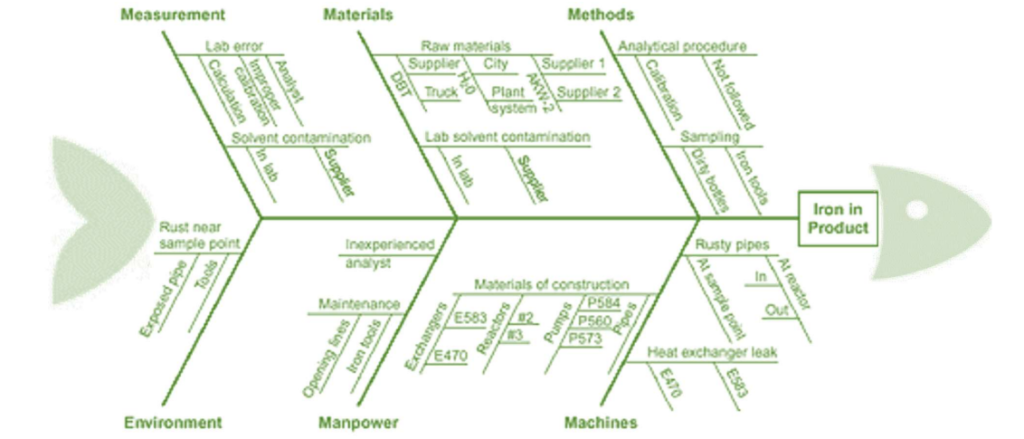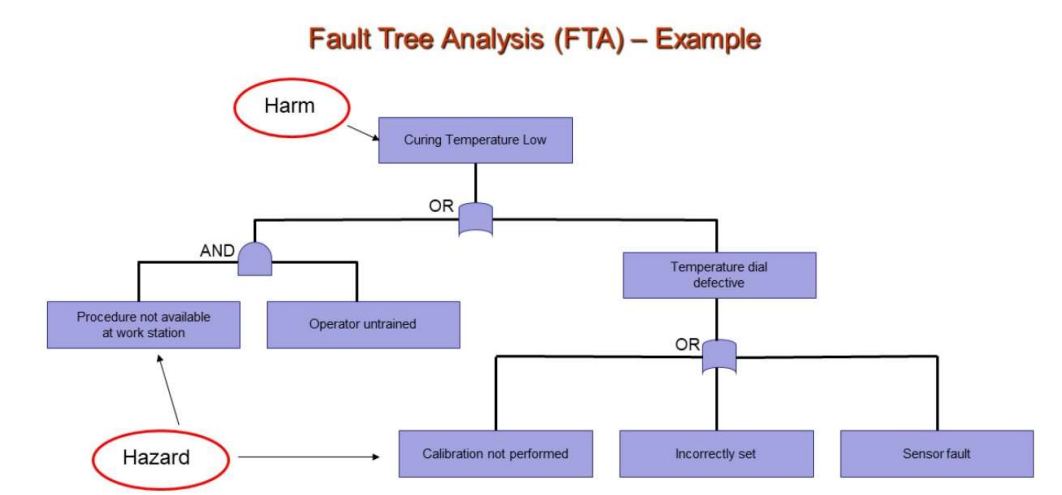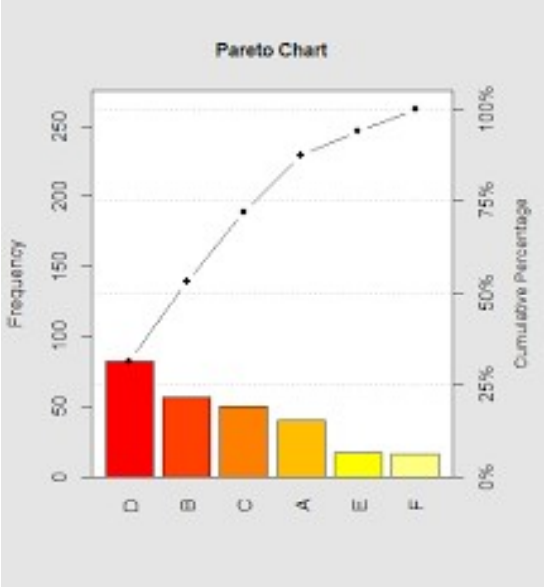Management Strategies for Food Operations
The Management Strategy of Root Cause Investigations and Analysis
Successes and mistakes happen in every operation and in all sectors. Even at the personal level, life-altering mistakes could be made, while some people achieve great successes. This article looks at a key exercise that applies to all levels and to every situation of success or failure. Every mistake, problem, and situation of failure or success has a cause (usually a confluence of causes). It makes sense that all probable causes leading to either failure or success should be investigated and analysed.

Figure 1: Deep versus Surface RCA (F.A.)
In this article, I wish to highlight the significance of conducting cause investigations and analyses in any operation, including farming. This aligns with the Wikifarmer focus on agricultural operations from growing and harvesting to processing and sale. Like food manufacturing businesses, farming operators are acquainted with taking action to correct mistakes or failures that occur from day to day. Problems could be encountered with the application of pesticides or other agricultural inputs. Certain challenges are faced, and failures occur during daily operations. Successes may be achieved and celebrated but often with nothing more done in many cases. Where debrief is done to identify contributing factors, the scope and depth could be insufficient due to busy work schedules. In haste to move on to other things (the mistake of too much haste), root cause investigations and analyses (RCA) could be conducted in haste as token conformity or compliance exercises. This should not be the case. Good root cause analyses lead to winning battles against failures and to the expansion of successes.
Under the safety, security, & quality assurance (SSQA) concept, good RCA exercises create paths and opportunities for retaining and expanding conquered territories. This means that after conquering past failures, they are effectively prevented from recurring. On the other hand, it means that attained successes become the platform for achieving greater successes (Amiri, Global Consumer Protection SSQA Development and Implementation: A Manual for the Food Industry, 2020). RCA exercises require serious attention. Unfortunately, the superficial forms of RCA (Ritualistic Conformist Activities) also persist. Performing the rituals may give but only a false sense of satisfaction. Figure 1: Deep versus Surface RCA (F.A.) Some root cause analysis methods that could be followed seriously or as rituals include:
1. (Ishikawa) Fishbone Diagram (American Society for Quality, 2023)
 Figure 2: RCA Fishbone Method Figure (American Society for Quality, 2023)
Figure 2: RCA Fishbone Method Figure (American Society for Quality, 2023)
This method group causes into main categories: Methods, Machines (equipment), People, Materials, Measurement, and Environment for determining root causes. It could also be used to determine the key contributors to success.
2. Five Whys Source:

Figure 3: RCA Five Whys Method, American Society for Quality, 2023 – https://asq.org/quality-resources/ five-whys
This questioning-to-the-void method takes investigators to the “root causes”. It is used to push for more details about probable causes. This method could be used with a cause-and-effect diagram followed by a five “hows” – a solution-focused cause-and-effect diagram.
3. Fault Tree Analysis Figure

Figure 4: RCA Fault Tree Analysis Method Source: (PRESENTETIONEZE.com, 2013)
The fault tree analysis uses Boolean logic with the simple operators: “Or,” “And,” and “Not” to determine the causes in any undesirable or desirable event. It involves creating top-down diagrams (trees). The issue is identified at the top and the potential causes are represented as lower branches.
4. Failure Mode and Effects Analysis (FMEA)
 Figure 5: RCA Failure Mode & Effects Analysis Method S = Severity, O = Occurrence, D = Detection Rate, RPN = Risk Probability Number & CRIT = Criticality
Figure 5: RCA Failure Mode & Effects Analysis Method S = Severity, O = Occurrence, D = Detection Rate, RPN = Risk Probability Number & CRIT = Criticality
Failure mode and effects analysis (FMEA) is a stepwise approach for identifying the probable causes of failures. FMEA could be proactive or reactive.
5. Pareto Chart Source: (Six Sigma, 2017)

Figure 6: RCA Pareto Chart Method. Source: (Six Sigma, 2017)
A Pareto diagram (based on the Pareto principle) is a simple bar chart that ranks issues in decreasing order of occurrence. The Pareto chart helps prioritize improvement efforts and is better used in conjunction with other methods for root cause identification.
Root cause investigations and analyses should always have a thorough examination of information from all sources. Contributions to successes or failures could come from various parties. Hence, the scope of investigations should cover more than single establishment according to suggestions like the security and quality assurance (SSQA) participatory alliance strategy.
A good management strategy for any operation must include ongoing RCA exercises for the following reasons:
- Problems or successes rarely have single causes.
- The root cause of a problem or success is often a perfect storm of contributing causes. A universal root cause rarely exists within the human economy, and there are bound to be varying opinions about what that is.
- The perfect storm often has a historical time stamp that is seldom repeated in the same way (or configuration) every time to cause problems or lead to successes.
- In certain situations, there could be causes that are intentionally concealed by culprits, or inaccurate information could be deliberately presented by contributors. When individuals are directly involved in causing undesirable situations, they may deliberately withhold information to avoid blame. Conversely, some contributors could inflate their contributions to success. These tendencies and practices could undermine the precise identification the root causes.
- Actions must be designed to address all conspiring, concealed, or inflated causes.
- Every problem-solving exercise should follow systems thinking approaches and strategies. Figure 6: RCA Pareto Chart Method
Confirming RCA efficacy beyond ritualistic conformance activities:
The efficacy – the capacity of the process to produce the right results – needs to be confirmed for every RCA exercise. Ideally, this should be done before resources are invested in the necessary actions (Amiri, Food Safety & Quality Assurance: Efficacy versus Compliance, 2021). A food operation eliminates recurring problems and expands its successes according to how well it identifies the root causes. The identification of root causes should never be based on unverified assumptions. Without the confirmation of its efficacy, a root cause analysis process is valueless. The confirmation of efficacy takes an operation from surface RCA (Ritualistic Conformance Activity) to deep RCA (Root Cause Analysis).
A Deep-RCA should follow these recommended steps:
1. Assemble an intelligence gathering and action team that should include:
- Subject matter experts,
- Individuals who engage in systems, critical, innovative, and strategic thinking,
- Capable investigators and leaders who can thoroughly review failures and successes
2. Identify conspiring, concealed, or inflated causes of failures or successes
3. Plan and implement problem prevention or success retention and expansion actions
4. Identify opportunities for continuous improvement from undesirable and desirable situations or events
5. Follow Review-Identify-Plan-Execute [RIPE] and Plan-Do-Check-Act [PDCA] action cycles 6. Seek outside help if, when, and where necessary.
References
American Society for Quality. (2023). Retrieved May 19, 2023, from American Society for Quality: https://asq.org/quality-resources/fishbone
Amiri, F. (2020, December). Global Consumer Protection SSQA Development and ImplementaƟon: A Manual for the Food Industry. Retrieved May 23, 2023, from Afisservices.com: http://www.afisservices.com/gcseĬp/SSQAFullManual.html
Amiri, F. (2021). Food Safety & Quality Assurance: Efficacy versus Compliance. Seattle, Washington, U.S.A: Independent (Kindle Books, Amazon.com, Inc.). Retrieved from https://www.amazon.com/dp/B08RHC9SPL
PRESENTETIONEZE.com. (2013). Retrieved May 23, 2023, from PRESENTETIONEZE.com: https://www.presentaƟoneze.com/blog/fault-tree-analysis/
Six Sigma. (2017, March 3). What Are Common Root Cause Analysis (RCA) Tools? Retrieved May 16, 2023, from Six Sigma: https://www.6sigma.us/etc/what-are-common-root-cause-analysis-rca-tools/










































































